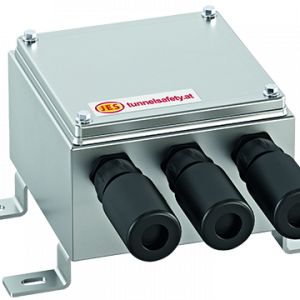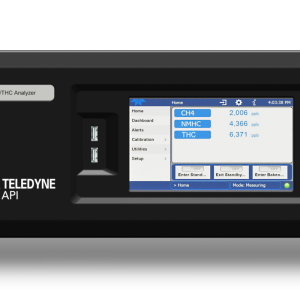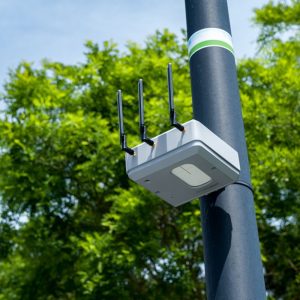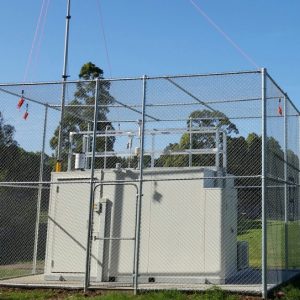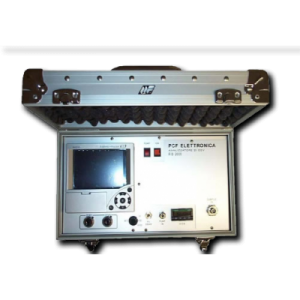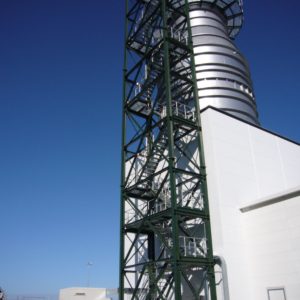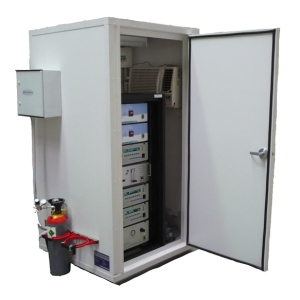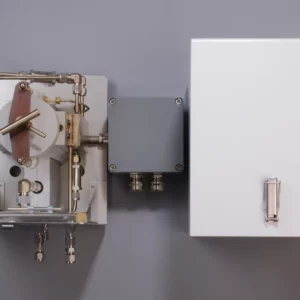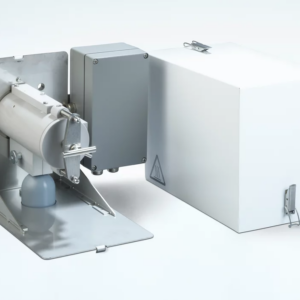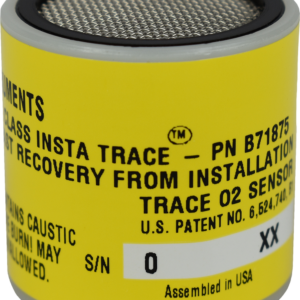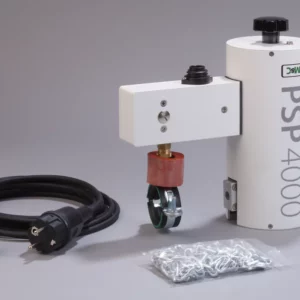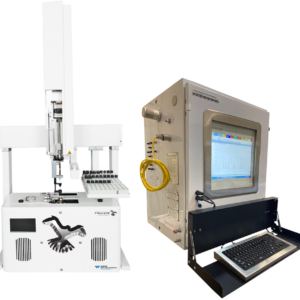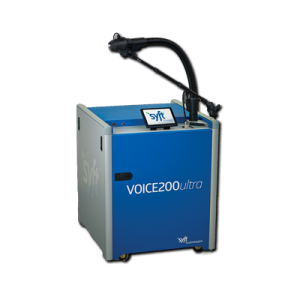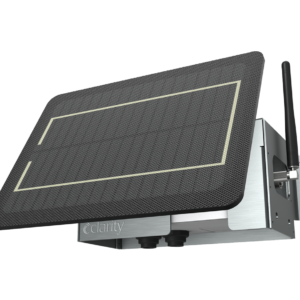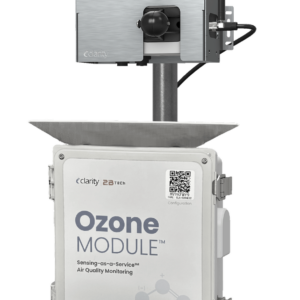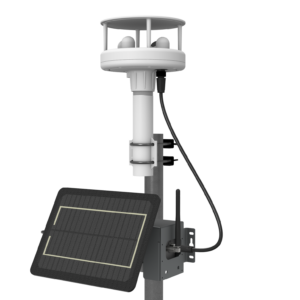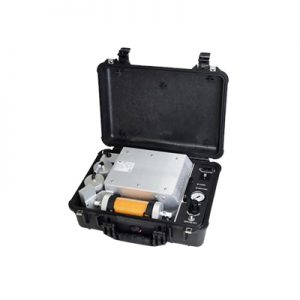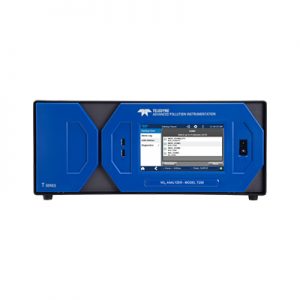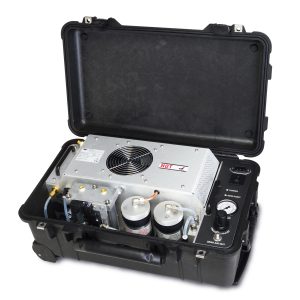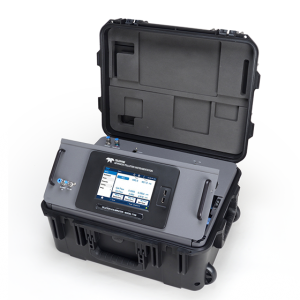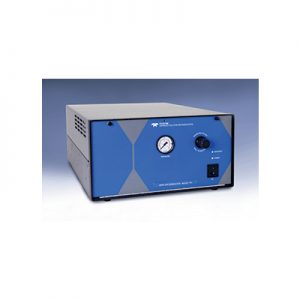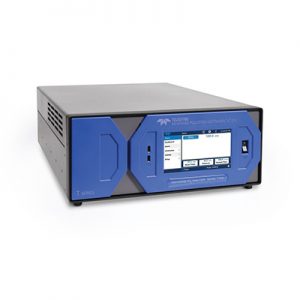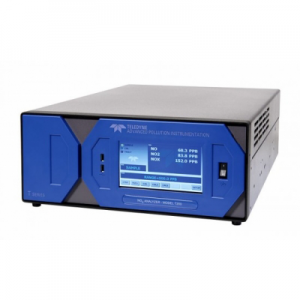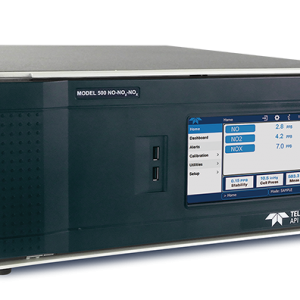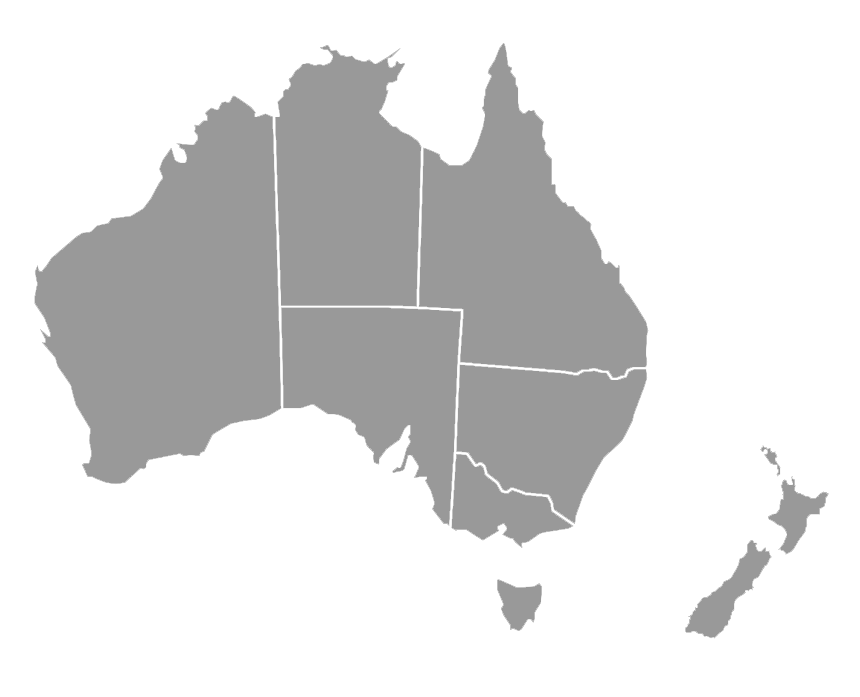BROWSE PRODUCTS
WE ARE THE ENVIRONMENTAL MONITORING EQUIPMENT EXPERTS, MANUFACTURING AND SUPPLYING AND MAINTAINING THE WORLD'S LEADING MONITORING EQUIPMENT
-
Gas Monitors
smart/ECS gas measurement
JES Tunnel Safety offer the Smart/ECS, an IoT-enabled gas sensor that can detect up to four gases: (CO, NO, NO2 - other gases on request). -
Gas Monitors
Model N901 THC/CH4/NMHC
The Model N901 is a near-continuous hydrocarbon gas analyzer that measures the concentration of Methane (CH4) and Total Hydrocarbons (THC) i -
Data Loggers & Software
TES SMALL FORM AIR QUALITY MONITORING SYSTEMS (AQMS)
Your Solution for Ambient Air Quality Monitoring Ideal for monitoring air quality outside or in workshops, ECOMSMART measures key parameter -
Calibration Equipment
TES AIR QUALITY MONITORING SYSTEMS (AQMS)
Thomson Environmental Systems (TES) is a specialist supplier of air quality monitoring systems and have installed and commissioned AQMS Stat -
Gas Monitors
TES Continuous Emissions Systems for VOC’s
TES offer Continuous Emissions Systems for VOC monitoring in industrial applications such as chemical processing plants, incinerators, petro -
Gas Monitors
TES Direct Extractive Gaseous CEMS
Thomson Environmental Systems specialise in custom-designed and made Continuous Emissions Monitoring systems. Direct Extract Gaseous CEMS -
Gas Monitors
TES Dilution Extractive Gaseous CEMS
A small sample is drawn from the stack and is diluted before passing through the various system components. As a result of the dilution proc -
Gas Monitors
Gas Sample Dilution Probe SP2000-H/DIL
The electrically heated M&C dilution probe is used in processes where the measuring procedure or the handling of the process gas require -
Gas Monitors
Gas Sample Probe SP2000-H
Gas sample probe type SP2000‑H with external ceramic filter type S‑2K150, filter porosity: 2 µm, with electrically heated external filt -
Gas Monitors
Oxygen Sensors
Sensors for Oxygen Analyzers Class Part Number Application Warranty A-2C C06689-A2C -
Gas Monitors
Portable Gas Sample Probe PSP4000-H
Portable gas sample probe type PSP4000‑H with external ceramic filter type S‑2K, filter porosity: 2 µm, electrically heated external fi -
Gas Monitors
Teledyne Falcon Ultrafast Gas Chromatograph
Teledyne Falcon UltraFast Gas Chromatograph is Faster, Smaller, Smarter, Easier and Greener Speed and Small footprint With analytical cycl -
Gas Monitors
SYFT Voice200 ULTRA Advanced SIFT Mass Spectrometer
The SYFT Voice200 ULTRA Advanced SIFT Mass Spectrometer, provides instantaneous identification and quantitation of VOCs and inorganic gases -
Dust & Particulate Monitors
Clarity Node-S
Clarity’s flagship particulate matter (PM) and nitrogen dioxide (NO₂) monitor is self-powered, FCC/CE/MCERTS certified, UV-resistant, an -
Dust & Particulate Monitors
Clarity Ozone Module
The Clarity Ozone Module is based on best-in-class technology from 2B Technologies, and provides accurate measurements of ozone in air over -
Dust & Particulate Monitors
Clarity Wind Module
The Clarity Wind Module measures the 2-dimensional horizontal components of wind speed and direction, providing you better insight into wher -
Calibration Equipment
TELEDYNE API 751 Portable Zero Air Generator (TAPI)
The Model 751 is a fully self-contained portable source of clean, dry air for use with dilution calibrators. It removes particulate and pote -
Gas Monitors
TELEDYNE API T802 Paramagnetic O2 (TAPI)
The Model T802 O2 uses the proven paramagnetic measurement principle, coupled with state of the art microprocessor technology, to provide ac -
Calibration Equipment
TELEDYNE API 751H Portable Zero Air Generator (TAPI)
The Model 751H is a portable, fully self-contained source of high purity zero air for dilution calibrators. It is ideal for use with sensiti -
Calibration Equipment
TELEDYNE API T750 Portable Calibrator (TAPI)
The Model T750 is a portable, microprocessor based calibrator for precision gas analyzers. Using highly accurate mass flow controllers combi -
The T701 and T700H adds Modbus TCP/IP connectivity to the proven reliability and performance of our zero air systems. This allows remote mon
-
The Model T700 and T700U is a microprocessor based calibrator for precisiongas analyzers. Using highly accurate mass flow controllers combin
-
Gas Monitors
TELEDYNE API T500U NO2 CAPS (TAPI)
The T500U CAPS NO2 Analyzer represents the next generation of criteria pollutant monitoring technology for the direct measurement of Nitroge -
Gas Monitors
TELEDYNE API Model N500 CAPS NOx (TAPI)
The Teledyne API Model N500 CAPS NOx analyser is a Cavity Attenuated Phase Shift (CAPS), non-chemiluminescent NOx analyser. Using CAPS Sp
All people are living and working in potentially dangerous environments. Whether travelling in a vehicle, out for a walk, or at work in a mine or factory, people are in environments where the air is polluted and potentially harmful to health – gas monitoring is essential in understanding the levels of gas pollution being emitted into the atmosphere from static sources, or present at any given location, and informing decisions on preventative measures to reduce emissions and make these environments safer.
Let’s go over a few gas monitoring basics and delve into what makes them so useful across such a vast array of industries applications.
What Are Gas Monitors?
Gas monitors are devices that continuously check air quality in enclosed and open spaces, extremely useful in industries where dangerous gases may be present in the air. A good example is the mining industry where the presence of methane can make air flammable – using gas analysers protects employees by helping them stay aware of air quality at all times.
Another example is a factory that emits fumes into the atmosphere from their industrial process. These emissions could contain harmful substances such as carbon monoxide or sulfur dioxide, at concentrations which are harmful to humans, plants and animals. To prevent these scenarios, it is essential that gas monitoring devices are operational on-site.
Besides these instances, gas monitors are also often used by first responders, firefighters, maintenance professionals and are a common fixture in the tool-set of utility crews.
What Does a Gas Monitor Detect?
One of the ways in which gas monitors differentiate is according to the types of gases they detect. Some are specifically made for detecting a single gas, whereas others have the ability to detect a multitude.
Gas analysers can detect methane, nitrogen oxides, sulfur oxides, ozone, hydrogen chloride, ammonia, and a variety of other gases. They not only detect whether a particular gas is present in the air but can they also show the percentage or concentration of the gas in the air. This is especially important as there are limits that must be adhered to according to national and state standards as well as site specific environmental licenses.
How Do Gas Monitors Work?
Different gas monitors work in different ways – ones that serve to detect combustible gases will function in a different way to those designed to detect toxic gases.
Combustible Gases
Gas monitors that were designed to detect the presence of combustible gases use catalytic oxidation or infrared sensors. Systems relying on catalytic oxidation have a sensor that is built with a platinum-treated wire coil in the majority of cases.
Coil resistance changes when it reacts to a combustible gas. This occurs because of the temperature change during the oxidation process. This process occurs naturally once the combustible gas comes in contact with the catalytic surface.
On the other hand, infrared sensors are also used for combustible gas detection. The receiver and transmitter alter how they operate when a gas is present in the air. When an IR sensor is used, the gas monitor can identify the gas in the air.
Toxic Gases
Toxic gases are another threat that can be present in the air of an environment. Different technologies are deployed for detecting things like carbon monoxide, sulfur oxides and nitrogen oxides.
Gas Filter Correlation (GFC) can be used for measuring carbon monoxide. This works by comparing infrared energy absorbed by a sample to that absorbed by a reference gas according to the Beer-Lambert law.
UV fluorescence can be used for measuring sulfur dioxide, and chemiluminescence can be used for nitrogen oxides. Newer developments include cavity attenuated phase shift (CAPS) for nitrogen oxides.
Specialized technologies include cavity ring down spectroscopy (CRDS) for trace level detection (parts per trillion), and Fourier Transform Infra-Red (FTIR) for simultaneous real-time measurement of up to 50 gases.
What Are The Advantages Of Gas Monitors?
Gas monitors should be used in all industries with a high chance of certain gases being present in the air. They can be either portable or fixed, depending on the application and requirement.
Being able to measure toxic and combustible gas levels in real-time ensures the safety of employees, the general public, and the environment. It also allows for reporting to authorities and adherence to environmental licenses, which prevents breaches and costly fines.
Which Gas Monitors Can You Find at Thomson Group And Where?
Thomson Group offers gas analysers Australia-wide. You can find our offices in the following regions.
NSW
ACT
QLD
WA
VIC
Furthermore, you can find different gas monitoring systems on our website. Feel free to explore the following:
Indoor Air Quality
Tunnel and Roads Transport
Laboratory and Scientific
Weather and Meteorology
Ambient Monitoring
Stack, Process and CEMS
Reach out to us and one of our professionals will get back to you to help you find the perfect gas monitoring system.
All people are living and working in potentially dangerous environments. Whether travelling in a vehicle, out for a walk, or at work in a mine or factory, people are in environments where the air is polluted and potentially harmful to health – gas monitoring is essential in understanding the levels of gas pollution being emitted into the atmosphere from static sources, or present at any given location, and informing decisions on preventative measures to reduce emissions and make these environments safer.
Let’s go over a few gas monitoring basics and delve into what makes them so useful across such a vast array of industries applications.
What Are Gas Monitors?
Gas monitors are devices that continuously check air quality in enclosed and open spaces, extremely useful in industries where dangerous gases may be present in the air. A good example is the mining industry where the presence of methane can make air flammable – using gas analysers protects employees by helping them stay aware of air quality at all times.
Another example is a factory that emits fumes into the atmosphere from their industrial process. These emissions could contain harmful substances such as carbon monoxide or sulfur dioxide, at concentrations which are harmful to humans, plants and animals. To prevent these scenarios, it is essential that gas monitoring devices are operational on-site.
Besides these instances, gas monitors are also often used by first responders, firefighters, maintenance professionals and are a common fixture in the tool-set of utility crews.
What Does a Gas Monitor Detect?
One of the ways in which gas monitors differentiate is according to the types of gases they detect. Some are specifically made for detecting a single gas, whereas others have the ability to detect a multitude.
Gas analysers can detect methane, nitrogen oxides, sulfur oxides, ozone, hydrogen chloride, ammonia, and a variety of other gases. They not only detect whether a particular gas is present in the air but can they also show the percentage or concentration of the gas in the air. This is especially important as there are limits that must be adhered to according to national and state standards as well as site specific environmental licenses.
How Do Gas Monitors Work?
Different gas monitors work in different ways – ones that serve to detect combustible gases will function in a different way to those designed to detect toxic gases.
Combustible Gases
Gas monitors that were designed to detect the presence of combustible gases use catalytic oxidation or infrared sensors. Systems relying on catalytic oxidation have a sensor that is built with a platinum-treated wire coil in the majority of cases.
Coil resistance changes when it reacts to a combustible gas. This occurs because of the temperature change during the oxidation process. This process occurs naturally once the combustible gas comes in contact with the catalytic surface.
On the other hand, infrared sensors are also used for combustible gas detection. The receiver and transmitter alter how they operate when a gas is present in the air. When an IR sensor is used, the gas monitor can identify the gas in the air.
Toxic Gases
Toxic gases are another threat that can be present in the air of an environment. Different technologies are deployed for detecting things like carbon monoxide, sulfur oxides and nitrogen oxides.
Gas Filter Correlation (GFC) can be used for measuring carbon monoxide. This works by comparing infrared energy absorbed by a sample to that absorbed by a reference gas according to the Beer-Lambert law.
UV fluorescence can be used for measuring sulfur dioxide, and chemiluminescence can be used for nitrogen oxides. Newer developments include cavity attenuated phase shift (CAPS) for nitrogen oxides.
Specialized technologies include cavity ring down spectroscopy (CRDS) for trace level detection (parts per trillion), and Fourier Transform Infra-Red (FTIR) for simultaneous real-time measurement of up to 50 gases.
What Are The Advantages Of Gas Monitors?
Gas monitors should be used in all industries with a high chance of certain gases being present in the air. They can be either portable or fixed, depending on the application and requirement.
Being able to measure toxic and combustible gas levels in real-time ensures the safety of employees, the general public, and the environment. It also allows for reporting to authorities and adherence to environmental licenses, which prevents breaches and costly fines.
Which Gas Monitors Can You Find at Thomson Group And Where?
Thomson Group offers gas analysers Australia-wide. You can find our offices in the following regions.
NSW
ACT
QLD
WA
VIC
Furthermore, you can find different gas monitoring systems on our website. Feel free to explore the following:
Indoor Air Quality
Tunnel and Roads Transport
Laboratory and Scientific
Weather and Meteorology
Ambient Monitoring
Stack, Process and CEMS
Reach out to us and one of our professionals will get back to you to help you find the perfect gas monitoring system.
let's find your monitoring solution
If your equipment doesn’t do its job properly, you can’t do yours. Let’s find you a reliable, high quality solution to meet your requirements and make your life easier.
- BROWSE OUR PRODUCTS
Use our advanced search to filter above to browse our products by industry, application, parameter and brand.
- CONTACT YOUR LOCAL REP
With offices across Australia in NSW, QLD, ACT, VIC and WA we have a local office nearby waiting to help. For our customers in Africa we have an office in Ghana. If you’re in New Zealand or elsewhere overseas, we have dedicated team member ready to help with whatever you need.
- FIND YOUR SOLUTION
Whether you have a license requirement, specification needs or external considerations, our team of experts can guide you to the right solution.

